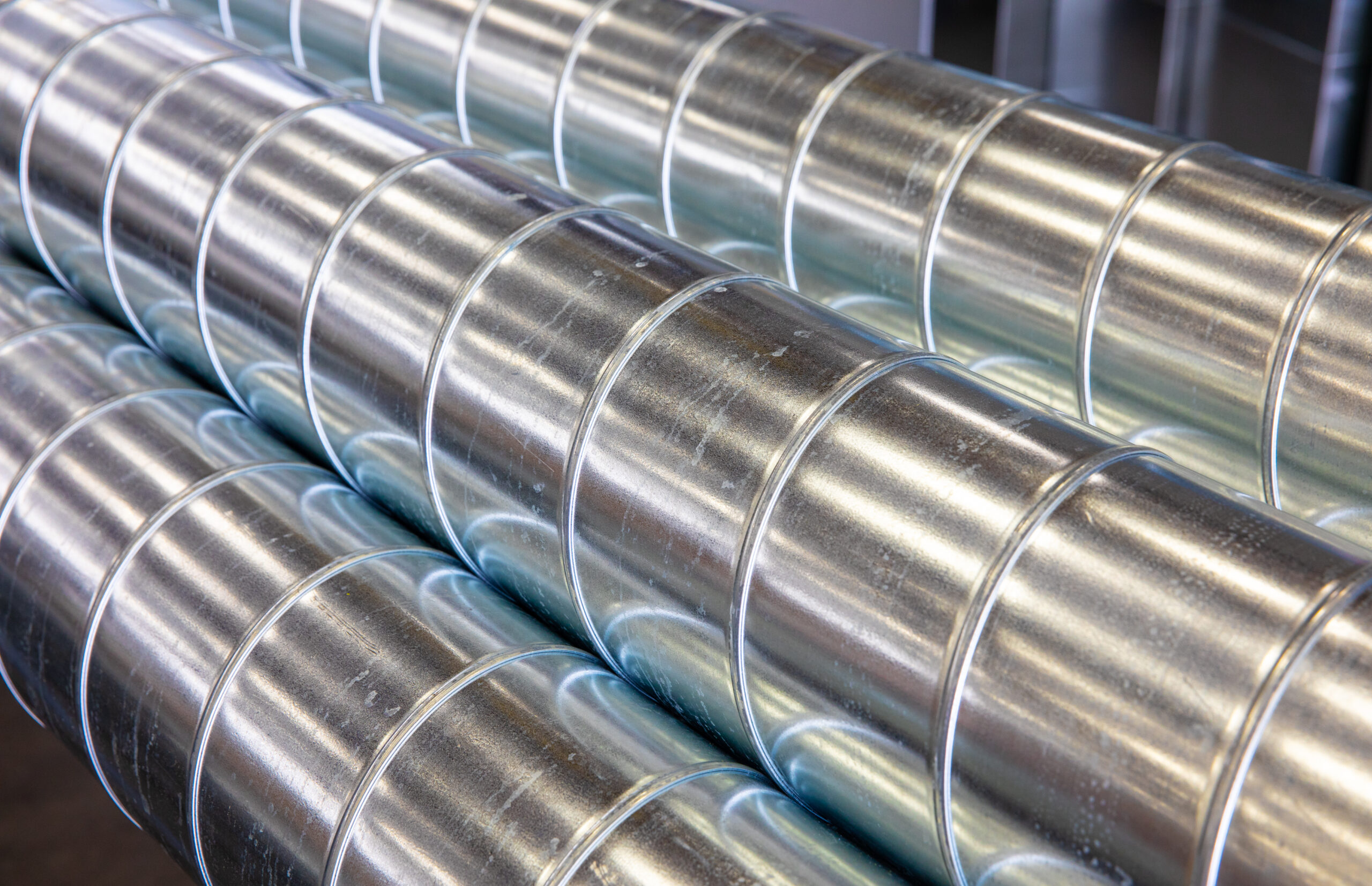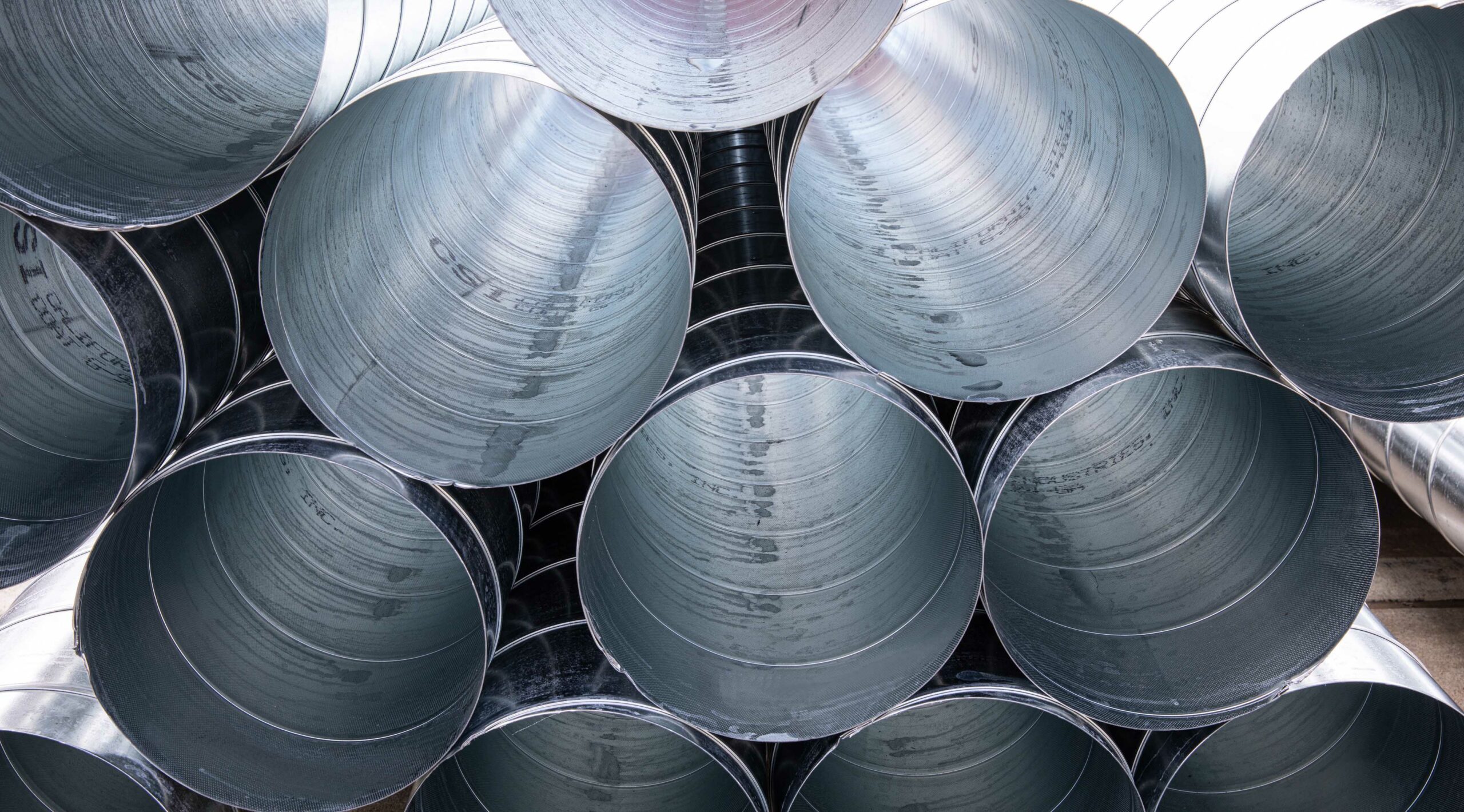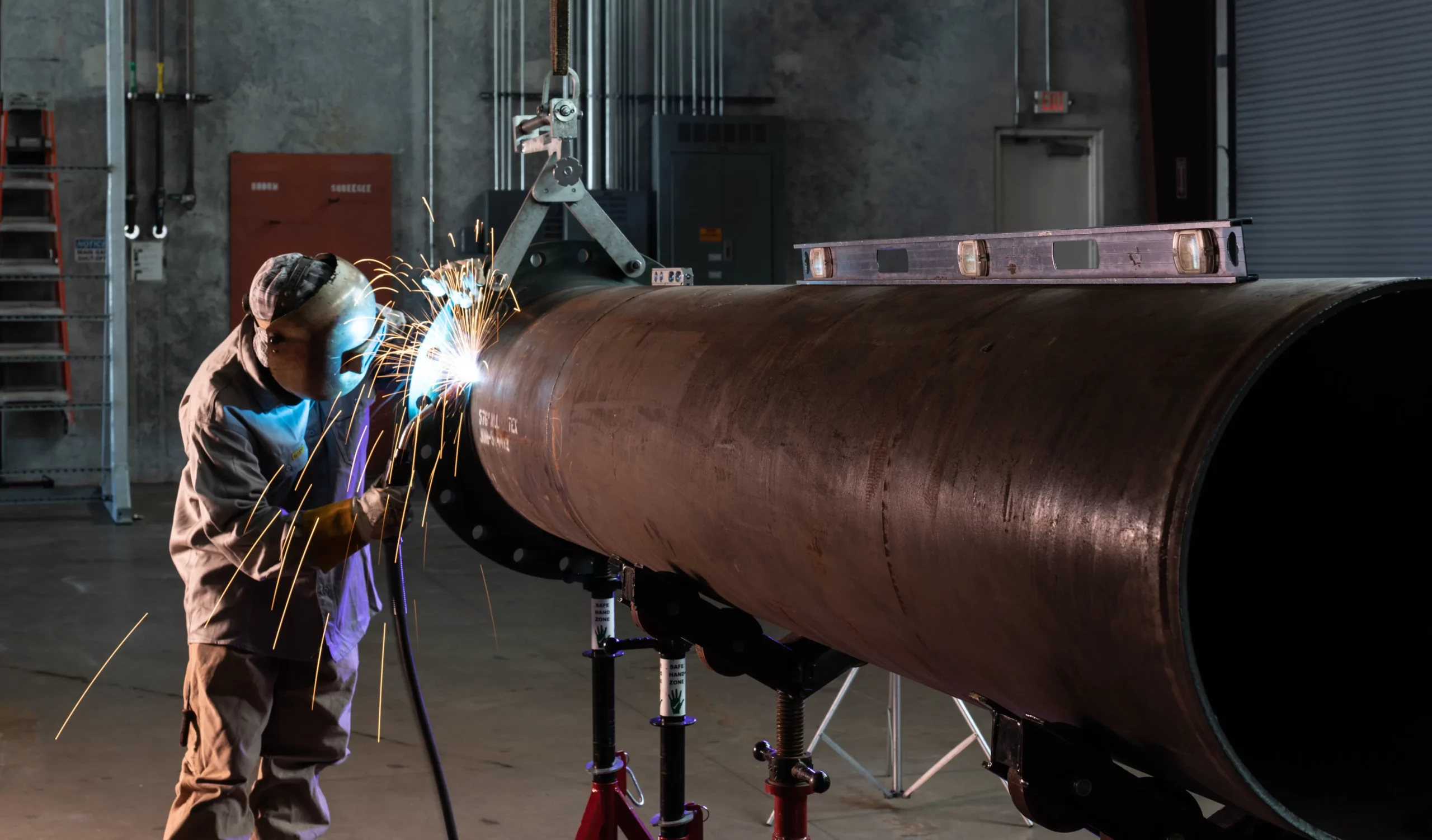Ducts are a critical element in the operation of any HVAC system. In this article, you will discover the variations in usage and differences among galvanized steel, aluminum, stainless steel, flexible, duct boards, and plastic reinforced plastic ducts.
Whether you are involved in construction, renovation, and design of HVAC systems, understanding these various options will help you make informed decisions to optimize the performance and functionality of your projects.
Galvanized Steel Ducts:
Owing to its exceptional durability and fabrication characteristics, it stands as the prevailing choice in the present market. The process starts by immersing steel sheets in a molten zinc bath, forming a protective layer of zinc oxide that imparts rust resistance.
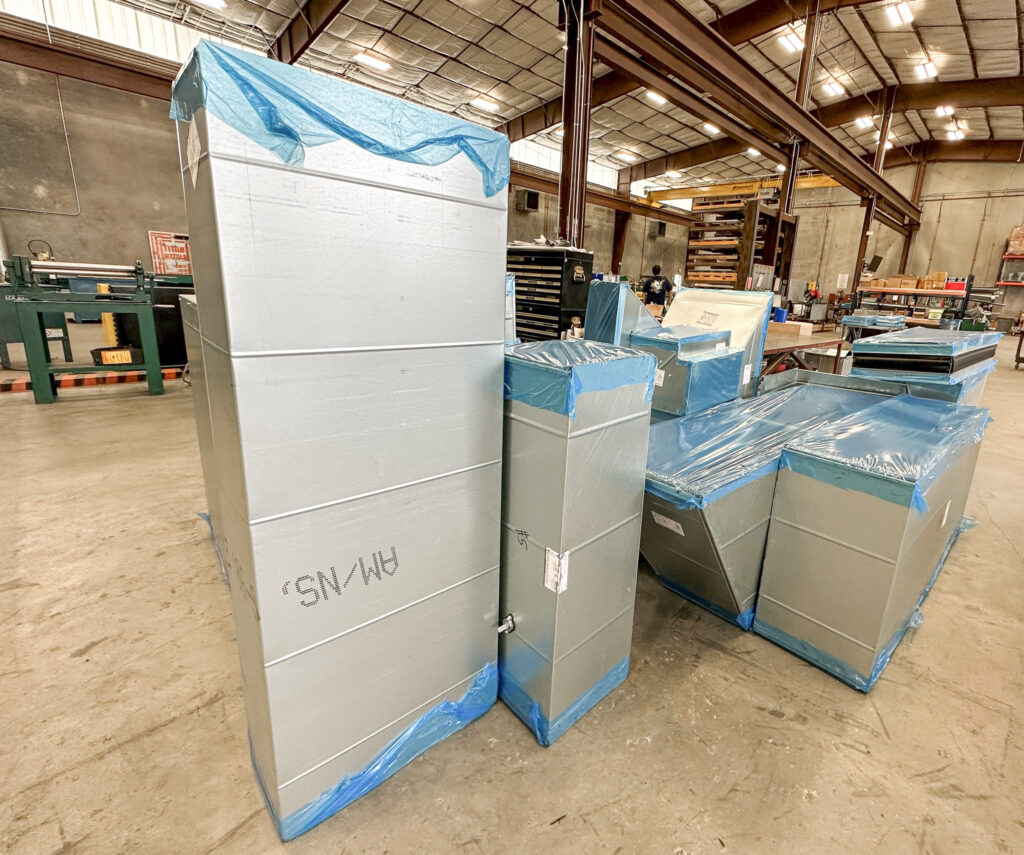
Galvanized steel ducts are commonly used in commercial, and industrial settings, including ventilation systems.
Aluminum Ducts:
Aluminum ducts are characterized as being lightweight, flexible, and having excellent resistance to corrosion and moisture. They have the versatility of being utilized for residential and commercial applications. In addition, aluminum ducts serve a crucial purpose in medical applications that require non-ferrous materials.
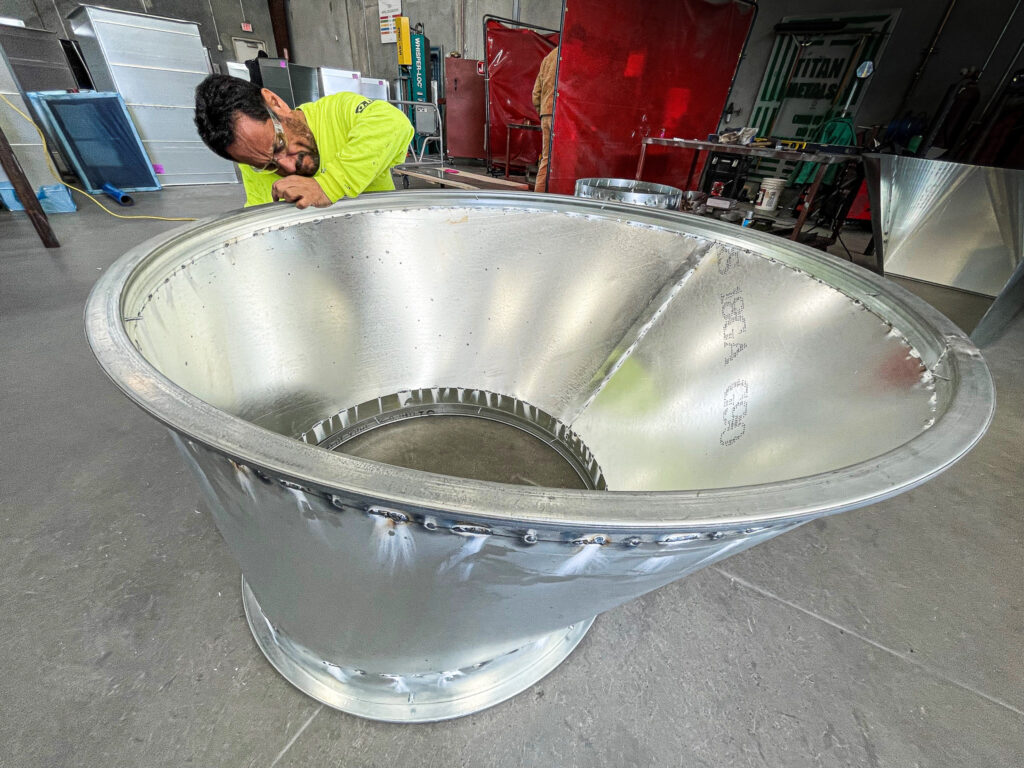
One notable instance is their usage in MRI spaces; given the immense magnetic force generated by MRI machines, it is imperative to avoid galvanized or certain stainless materials. Hence, the ductwork necessitates zero magnetic properties, making aluminum (as well as copper) an ideal selection for such critical medical environments.
Stainless Steel Ducts
This component is typically found in commercial and industrial settings—the most common is commercial kitchens in restaurants, food processing plants, and agricultural facilities. Not all stainless steel ducts have the same alloy composition. The following are the most common types:
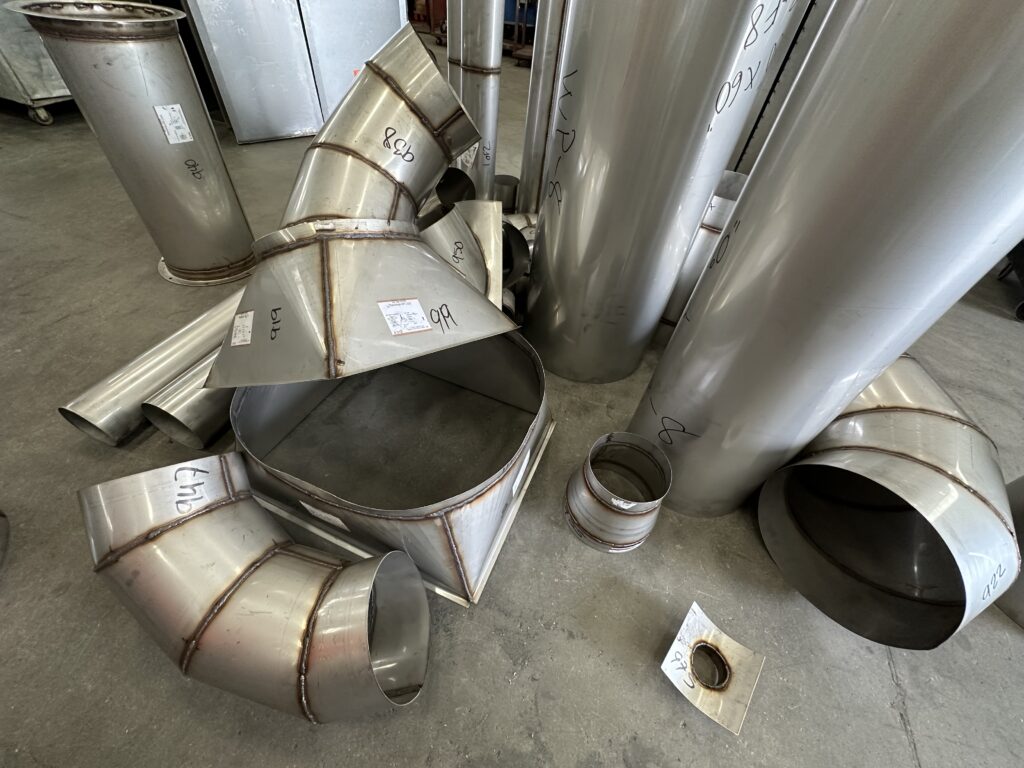
- 304A & 304B Stainless Steel: This is the most popular option for residential and commercial applications. Resistant to corrosion and oxidation, 304 stainless sheets are comprised of chromium and nickel alloys.
- 316 Stainless Steel: Composed of chromium, nickel, and molybdenum, 316 is highly resistant to corrosion, moisture, and chemicals, making it an ideal solution for industrial applications.
Flexible Ducts
Commonly known as a flex duct, it is used in residential and commercial HVAC systems, mainly from the air outlet to the main ductwork branch and around tight spaces. It is comprised of a plastic liner that forms the inner wall of the duct supported by an internal steel coil.
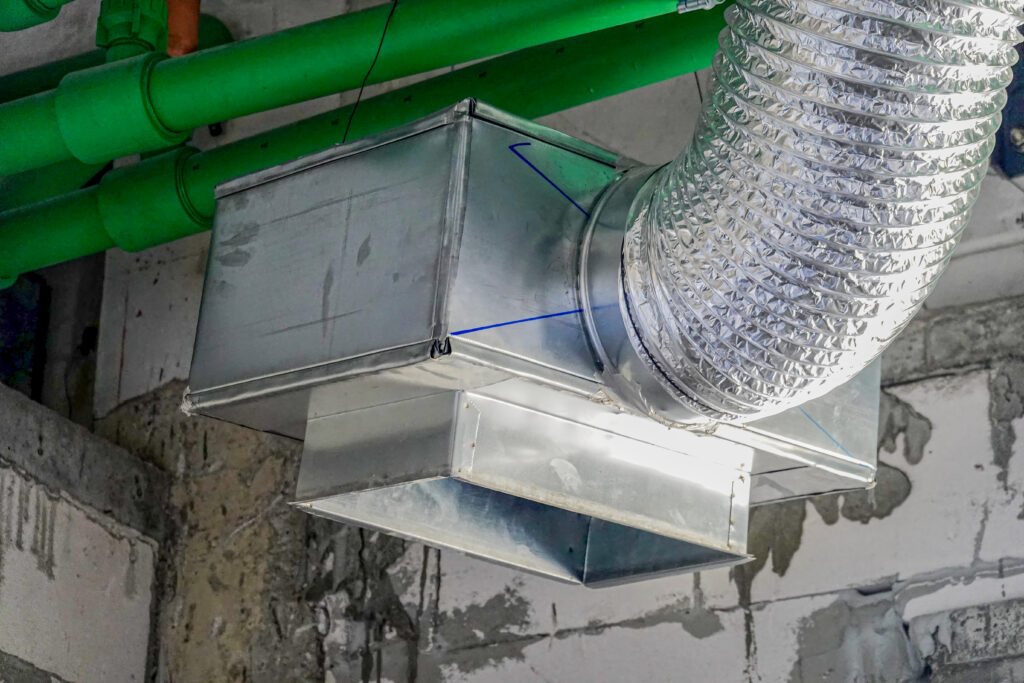
Additionally, the flex duct is wrapped in fiberglass to provide extra insulation, further enhancing its protection.
Duct board
Duct board is a flexible solution created from fiberglass sheets that are usually cut, molded, and assembled at the job site, or pre-manufactured in a warehouse space. Using a duct board machine the flat duct board sheets can be notched into easily formable and sectioned parts, reducing the field installation time by almost half.
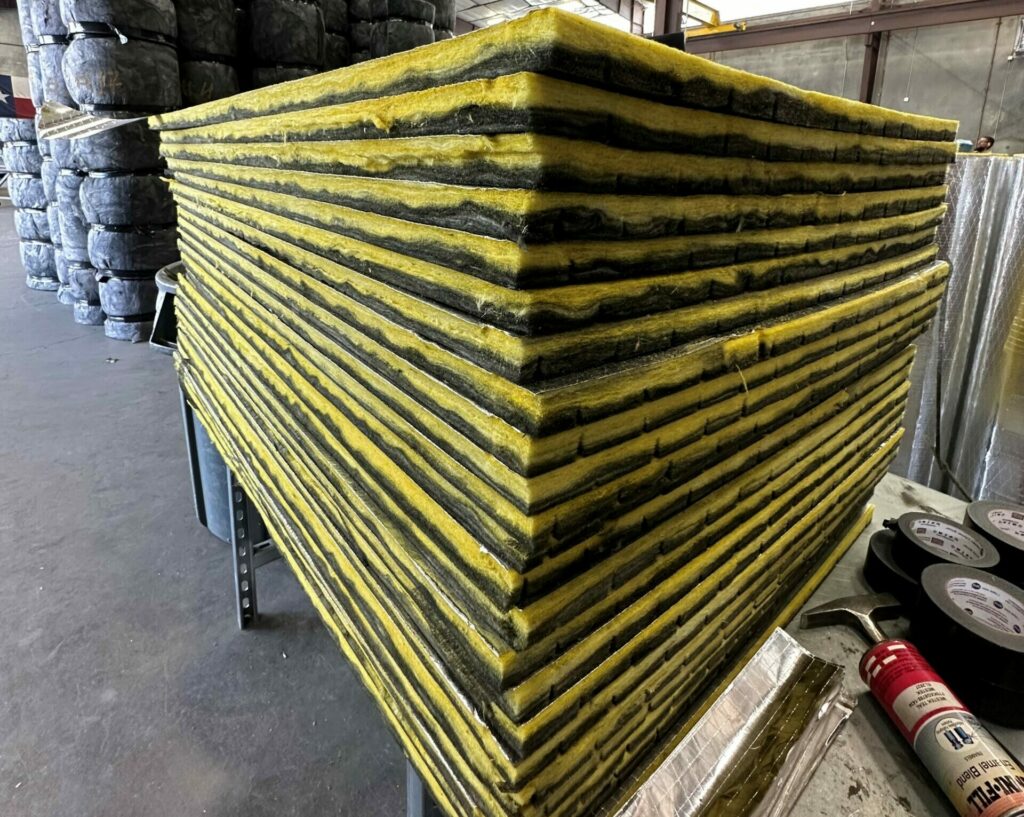
Due to their ability to create customized configurations and provide excellent insulation, duct boards are a popular solution in multi-family and commercial building projects. The fiberglass material used in their construction helps to reduce heat loss and improve airflow.
Fiberglass Reinforced Plastic (FRP)
Fiberglass Reinforced Plastic (FRP) duct is made out of glass and fire-retardant resins using a technique called filament winding. Renowned for their exceptional corrosion resistance and leak prevention, FRP is one of the premier choices for industrial projects. They can be constructed as either single or double wall, offering a considerable degree of flexibility. They are commonly employed in various settings, such as airports, wastewater treatment plants, chemical facilities, power plants, and reclamation sites. In addition, FRP ducts can be used for underground applications.
Summary
Ductwork is a vital component in any construction project, and having a comprehensive understanding of its various types is essential. The HVAC system’s efficiency heavily depends on selecting the most suitable type. Each variant possesses distinctive attributes specifically designed for particular applications, whether residential, commercial, or industrial settings.
In conclusion, proper duct selection ensures optimal functionality, energy efficiency, system durability and occupant comfort within a building or structure.

